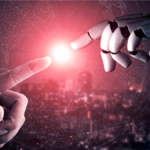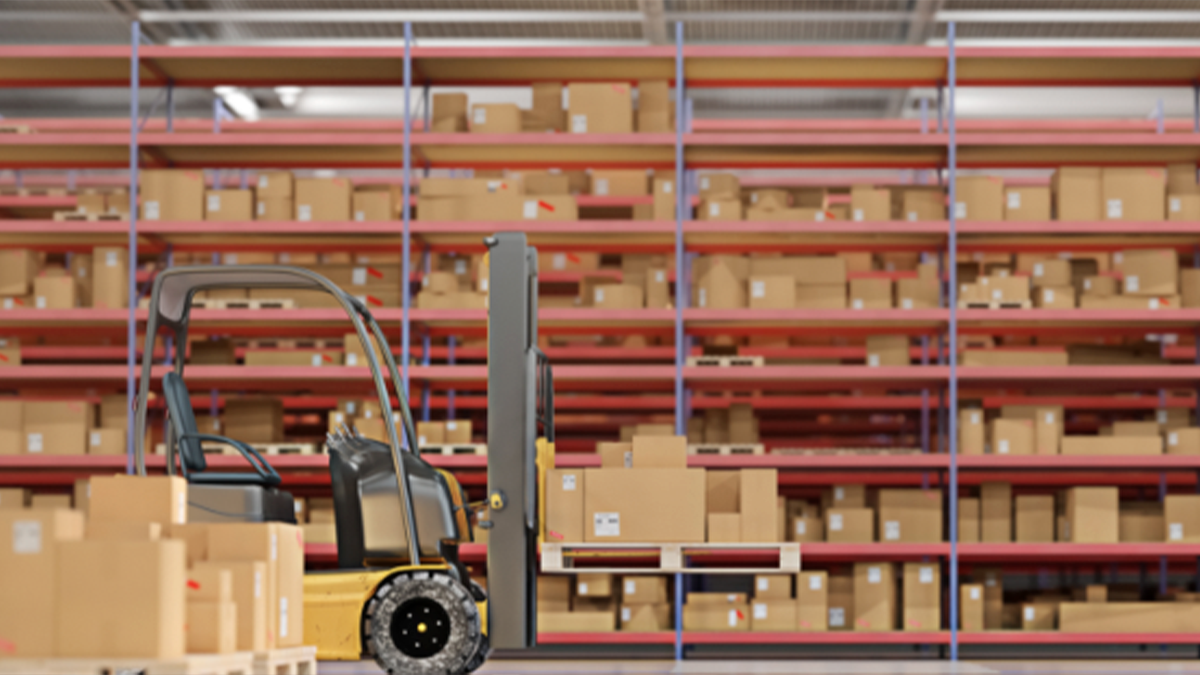
5 Things To Know About AI In Supply Chain Optimization
11 March 2020
Why you need demand forecasting solutions using machine learning?
11 March 2020

Published by
BluePi
Data-Driven Business Transformation
About AI In Supply Chain Optimization
Artificial Intelligence (AI), defined by Gartner as a technology that “applies advanced analysis and logic-based techniques, including machine learning (ML), to interpret events, support and automate decisions, and take actions,”. is attracting a lot of attention right now as companies grapple with a skilled labor shortage, particularly in developed markets, and ever-changing customer demands. Good for managing mundane, repetitive tasks and freeing up employees to focus on more important things (i.e., solving complex problems, being creative, getting facetime with customers, etc.), AI has quickly gained momentum in supply chain management (SCM). Plagued with inefficiencies but expected to perform at high levels of efficiency and speed, this critical business component is ripe for improvement via AI, ML, and automation in general.
According to a new Research and Markets report, AI is already revamping the operational process and facilitating cost-effective supply chain solutions. It says various forms of AI are being integrated into supply chain optimization solutions in order “to improve everything from process automation to providing greater visibility into static and real-time data as well as related management information systems.”
“In addition to fully automated decision making, AI systems are also leveraging various forms of cognitive computing to optimize the combined efforts of artificial and human intelligence,” reports Research and Markets, which estimates that the global AI in supply chain optimization and management market will reach $1.3 billion by 2024.
“AI in supply chain optimization and management is enabling improved supply chain automation through the use of virtual assistants, which are used both internally (within a given enterprise) as well as between supply chain members (e.g., customer-supplier chains).”
According to Research and Markets, the combination of AI and the Internet of Things (IoT) in supply chains will improve operational flow and efficiency, with AI-supported supply chains becoming 45% more effective at on-time delivery with fewer errors.
“AI is everywhere, but perhaps its greatest impact could be felt across the supply chain”, writes Blake
Morgan in her Forbe’s “5 Examples of How AI Can Be Used Across the Supply Chain,” article. From anticipating orders to managing deliveries, the technology can “drastically increase efficiency in all areas of the supply chain,” she writes, noting that research firm McKinsey estimates that firms could gain $1.3 trillion to $2 trillion a year from using AI in supply chain optimization and manufacturing.
Things To Know About Artificial Intelligence For Supply Chain Management
- In the supply chain realm, machine learning is where most of the activity has been focused on. Adeel Najmi, Chief Product Officer at Symphony RetailAI, defines machine learning as, “Learning occurs when a machine takes the output, observes the accuracy of the output, and updates its own model so that better outputs will occur. Any machine that does this is using machine learning. It does not matter if data science methods are used or not. It does not matter if neural networks or some other form of supervised or unsupervised learning technique is being used. It’s important not to get bogged down on the specific technique. What matters is if the machine is itself capable of learning and improving with experience.”
Looking at machine learning this way, AI in supply chain optimization and management is nothing new. Machine learning has been used to improve demand forecasting since the early 2000s.
Demand planning applications rely on a series of algorithms to take historical shipment data and turn it into a forecast. One algorithm works better for promotions, another for end of life products and so forth. The machine looks at the forecast, compares it to actual shipments, and suggests when it may be time to move from one algorithm to a different one for a certain stock keeping unit or product family.
- Over time, many more data inputs have been introduced into the demand planning process, and many companies are doing far more forecasts. For example, instead of just doing a monthly forecast in the eastern half of the country, some companies are doing forecasts at the product/store level at daily, weekly, monthly and longer time frames.
For a product being forecast daily at the store level, it may be that algorithms applied to the point of sale data stream have the most predictive power. Forecasting that same product at the warehouse level on a monthly basis, an algorithm applied to warehouse shipment history and warehouse ordering patterns has more predictive power.
A forecasting engine with machine learning just keeps looking to see which combinations of algorithms and data streams have the most predictive power for the different forecasting hierarchies.
- Demand planning is a great application for machine learning because these systems have a natural feedback loop. In a demand management application, the system is continuously monitoring forecasting accuracy. That accuracy data in the system allows for the learning feedback loop.
- Work is being done to look at the critical parameters in supply planning, like lead times, and use machine learning to update these parameters.
- Machine learning learns best when there is Big Data. The more data it consumes, the faster these systems learn. In many cases supply chain applications will need Big Data platforms to collect data, clean it, and harmonize it.
However, let’s keep this in mind that machine learning is just one tool in the supply chain technology toolbox. It is not always the right tool. It works best when there is a feedback loop with a measure of success that is clearly defined and data that helps speed up the learning process.
In short, machine learning functions best for a supply chain optimization solution when it is narrowly focused on well-scoped problems.
Want to know if AI in supply chain optimization is the answer to growth for your business or looking for a supply chain optimization solution? Contact us today.
About the Author

Published by
BluePi
Data-Driven Business Transformation

Published by
Sidhant Arora
Marketing Manager
With 8+ years of brand and marketing expertise, Sidhant has empowered 50+ businesses across industries. His passion lies in crafting impactful 360° strategies that seamlessly blend storytelling and targeted campaigns, guided by data-driven insights. He sculpts compelling narratives that resonate with target audience crafting focused campaigns to expand brand presence across digital, offline, and PR channels to unlock their full potential.






























